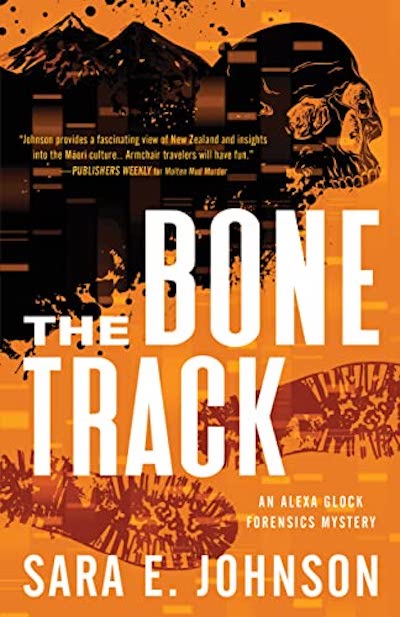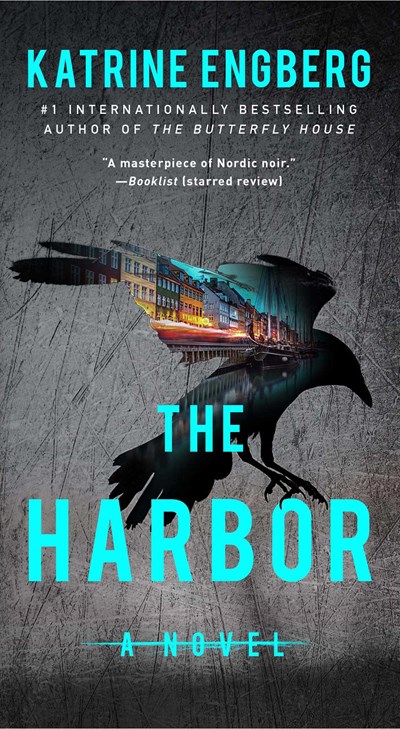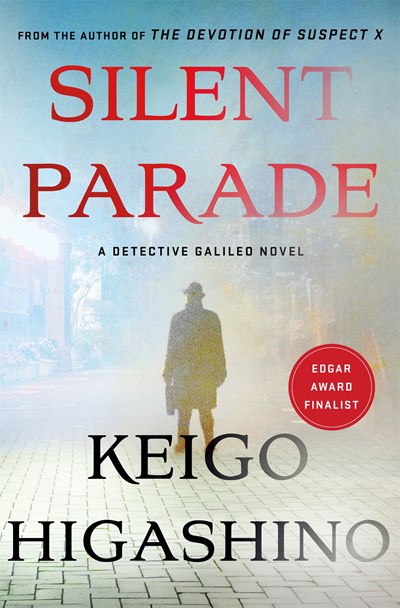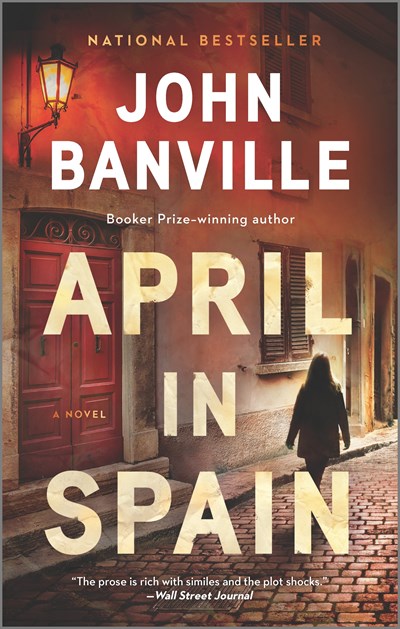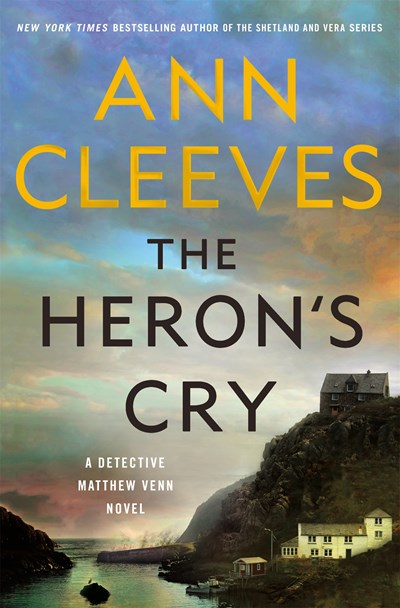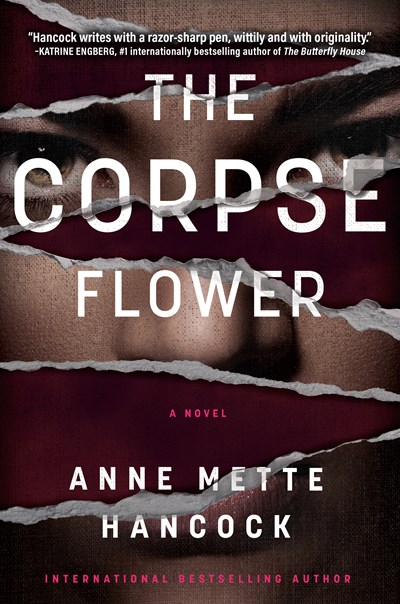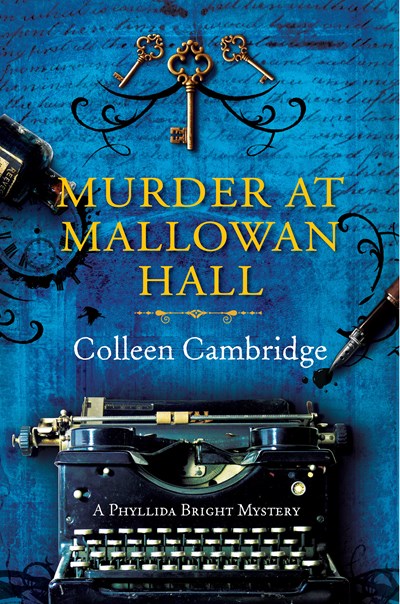Alexa Glock’s latest adventure (the third in a trilogy, after Molten Mud Murder and The Bones Remember) is reminiscent of the recent crop of books in which people are thrown together, or reunited, often on vacation, with a killer in their midst. But this book stands out from its plot-mates due to its unusual location and forensic-science focus. The setting is New Zealand’s (very) remote Milford Track, a real hiking trail that dispels all images of the country as hobbit-filled and quaint. Fiordland, where the Track is located, is treacherous, and the travelers face additional peril from rain-caused landslides and creeks that now have rapids. Alexa, an American who lives in New Zealand, realizes that there’s even more to fear when she finds a skeleton hidden on the trail; then a hiker is found dead and suddenly everyone looks suspicious. Vacationing with Alexa is her brother, Charlie. Their childhood misunderstandings and pain persist and are echoed in troubles revealed in the other hikers’ lives. This makes for a compelling thriller but also a thought-provoking look at how to move past hurt and find what’s important. A bonus: Johnson unobtrusively shares many details about Maori culture, New Zealand’s volcanic landscapes, and forensic science, especially involving Alexa’s fascinating specialty: dead people’s teeth.
International
When 15-year-old Oscar Dreyer-Hoff goes missing on his way home from school, the Copenhagen police assume he’s yet another teenager who’s run off and is likely at a friend’s house. But his well-connected, affluent family thinks otherwise. They’re art dealers with a somewhat shady past and a history of receiving threats. In fact, they receive an ambiguous message the day after young Dreyer-Hoff disappears. Time to bring in detectives Jeppe Kørner and Anette Werner, who pursue Oscar’s disappearance as though it were a kidnapping. Kørner and Werner encounter a wonderful range of characters—from pouty, insolent teens to engineers in a recycling plant and the caretaker of an island in the harbor—and we learn about Copenhagen in the process. Engberg is a genius at balance, going deep into the lives of Kørner and Werner, as well as some of the suspects, while never forgetting that this is a murder mystery, and the clock is ticking. The third in a series that just keeps getting better, this book also succeeds as a standalone. For wherever Nordic noir is appreciated.
It’s 1981 and Inspector Joaquín Alzada has one goal: to keep his head down and avoid trouble. Not so easy when you are a cop in Buenos Aires during a period of extreme political turmoil, with Las Madres de la Plaza de Mayo bearing daily witness to the thousands of citizens who have been made disappeared. But when his activist brother Jorge is among the missing, Joaquín has no choice but to use his political chips and try to save his brother. Flip to twenty years later, when Argentina is facing a serious economic crisis, with middle-class citizens going hungry and taking to the streets. Again, Joaquín’s reaction is to lie low—he’s close to retirement, after all—but circumstances won’t allow it. For one thing, the body of a woman is found, dumped near the morgue, while at the same time one of Buenos Aires’s wealthiest women has gone missing. Are they a match? Then, the twenty-something son of Jorge—raised by Joaquín and his wife—joins the protestors. Repentance isn’t so much crime fiction as it is fiction embedded in crime, and Díaz skillfully uses Joaquín’s inner voice—poignant, dryly witty, anxious—to move the narrative along. A powerful first novel that brilliantly illuminates a country, a historical period, and an individual.
This big, complex, sprawling, novel—complete with a large cast and plenty of backstory—is perfect for when you need to lose yourself for a few days. At the center of the book is the murder of Saori Namiki, a talented young woman who is about to launch her musical career. Jump three years to the present, when her remains are discovered in the rubble of a burnt-out shanty. Finding her murderer would seem impossible, but a similar death over 20 years ago helps Chief Inspector Kusanagi identify the killer, only to see him released for lack of solid evidence. But if the legal system won’t punish the murderer, Saori’s friends, family, and fiancé are more than willing to step up, and an immensely complex scheme is created to do away with the man. As the story unfolds, we are privy to the same information Kusanagi has, keeping the reader in an ongoing state of anxiety. But the real fun in this book is the return of Detective Galileo, last seen in the first book in the series, The Devotion of Suspect X. Physics professor by day, police consultant by night, Galileo enters near the book’s conclusion to upend everything we have come to believe, creating a new narrative that is oh so very satisfying
John Banville invites us into the inner lives of Irish people and, through their loves and struggles, creates a composite view of modern Ireland. This eighth in the series named for retired medical examiner Quirke sees him reluctantly vacationing in Spain with his wife, Evelyn, a psychiatrist whose quiet love for Quirke is a highlight of the book. When an injured Quirke visits an ER, the Irish doctor who treats him is strangely familiar and later, at a thank-you meal she obviously loathes attending, behaves bizarrely. Back in Ireland, Quirke’s daughter, Phoebe, will frustrate readers through her relationship with superior-acting, controlling Paul. When Phoebe joins Quirke to tackle the mystery surrounding the Irish doctor, she sidesteps Paul and his aloofness only to face something much more sinister (warning: sexual abuse is involved though not graphically described). Love and fear are wonderfully juxtaposed here, and those who enjoy reading the former should try Irish author Donal Ryan’s The Spinning Heart. Fans of the more dangerous elements should be steered toward the Sean Duffy novels by Northern Ireland’s Adrian McKinty.
Subtle and nuanced, this novel is the prolific Cleeves at the top of her game. Detective Matthew Venn is called to a sort of artist commune, where a body has been found in one of the studios with a large shard of glass protruding from its neck. The victim, Dr. Nigel Yeo, is the loving father of Eve, a glassmaker who lives and works in the commune. This sets in motion an investigation that gains urgency as the days pass and the bodies begin to stack up. Cleeves takes on some tough issues here—including suicide—and it’s one of her darker books. But as always with this author, the murder narrative is delightfully punctuated with insights into the lives of Venn—still recovering from his evangelical upraising—his husband Jonathan, fellow detectives, and even several of the suspects. Cleeves is the author of the hugely popular Vera and Shetland series, the latter now finished. Broadchurch viewers should appreciate Cleeves’ wide-angle lens and focus on community.
Although I’m on a break from Scandinavian authors, I tried Hancock’s debut anyway, attracted by the no-girl-in-the-title title and the promise of a journalist sleuth. It was the right decision, as the violent rage that seeps out of Stieg Larsson’s work and its ilk is here mostly transformed into determination with dashes of scathing honesty, friendship, and love. The misogyny is tempered too: the woman journalist who’s investigating a murderer in parallel with the police is middle-aged (refreshing!), sometimes weary, but realistically tough when it counts. The target of her investigation is also refreshing: a woman on the run for the murder she committed years before of a wealthy young man who, as far as investigators can tell, was a stranger to her. Letters from the fugitive mention a rare flower that smells like death; how this connects to her crime and why she’s remorseless are revealed in an understated way that stops short of the bleakness we’ve come to expect from Scandinavian works. Sure to leave readers wanting more from Hancock.
Christie fans, rejoice! This fall will see the publication of not one but two novels set in Christie’s Devon country home. Cambridge’s Murder at Mallowan Hall is a near-perfect traditional mystery—the first body is found in the library, stabbed in the neck by a fountain pen—set during a house party in the early 1930s. But Cambridge flips the paradigm and instead of focusing on the posh guests, tells the story from the perspective of the help, most notably Phyllida Bright, housekeeper extraordinaire. Bright, a friend of Christie as well as an employee, models her investigation on Poirot, right down to the classic denouement delivered by Bright in the library. Gender roles, sexual harassment, and same-sex love are key elements, but Cambridge succeeds in keeping the novel squarely in its era. Two words describe this book: absolutely delicious. Greenway was the real name of Christie’s Devon estate, and Rader-Day’s Death at Greenway is painstakingly realistic. The book opens in London during the Blitz—which is wonderfully described—and we meet Bridey Kelly, a nurse trainee who has made a fatal mistake and is banished to the countryside with 10 young children escaping the bombing. Their destination is Greenway, which Christie and her husband have given over to the evacuees. But the Devon countryside offers little solace, with standoffish residents, a coast too close to the war, and the corpse of someone who was clearly murdered. Deeply suspenseful, this novel brilliantly captures the horrors of the war years and how individuals managed to survive through hardships both physical and emotional.

